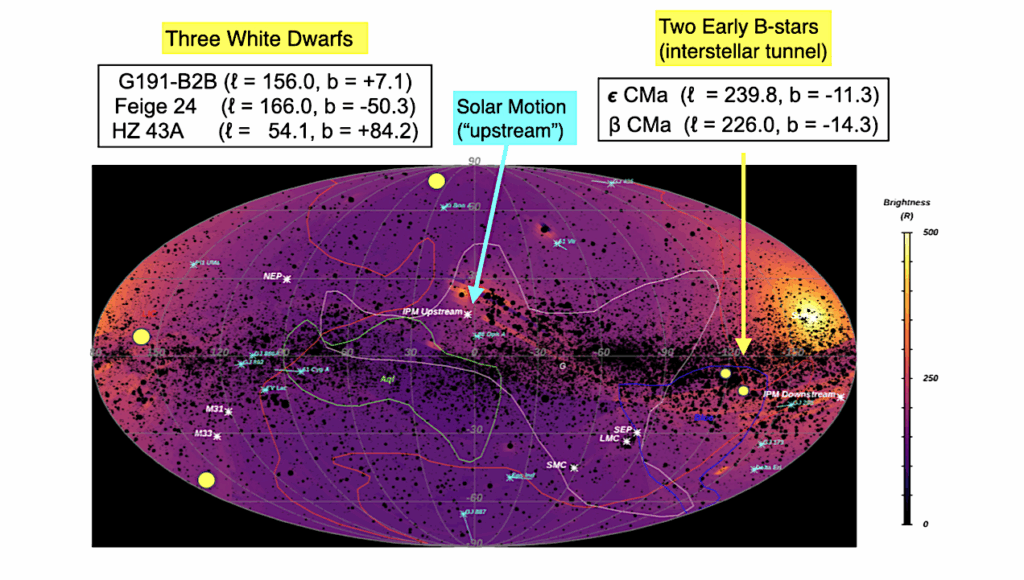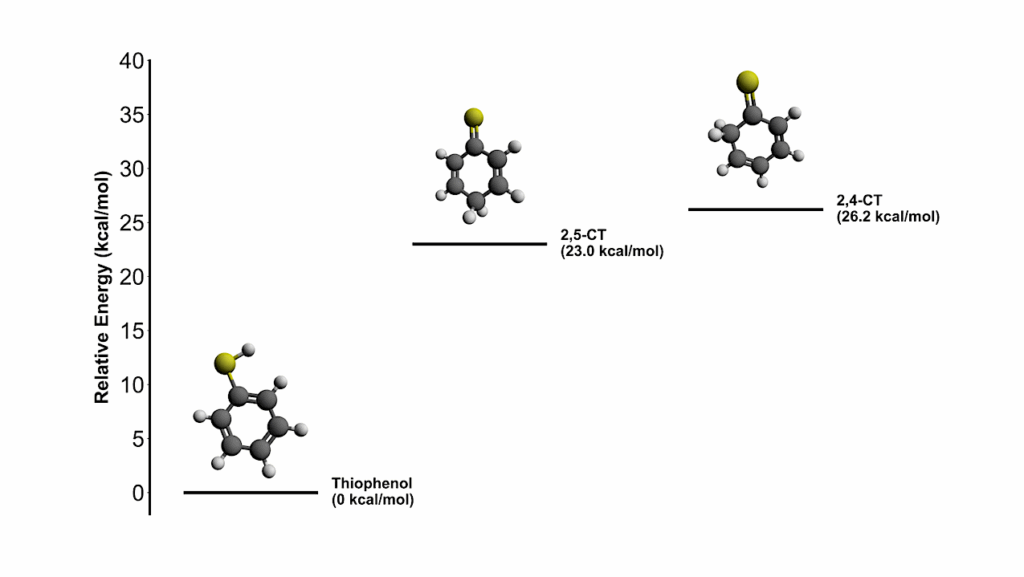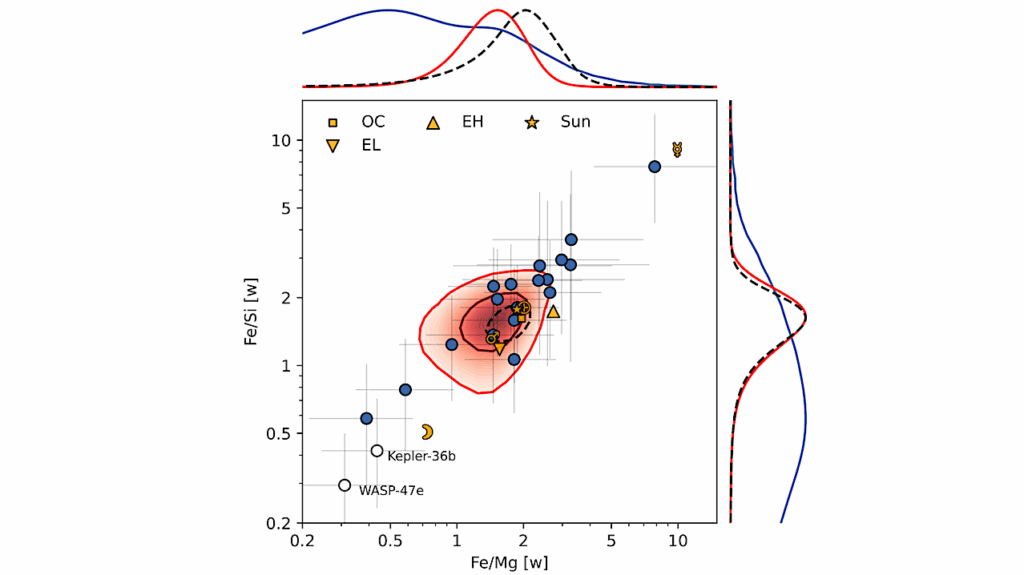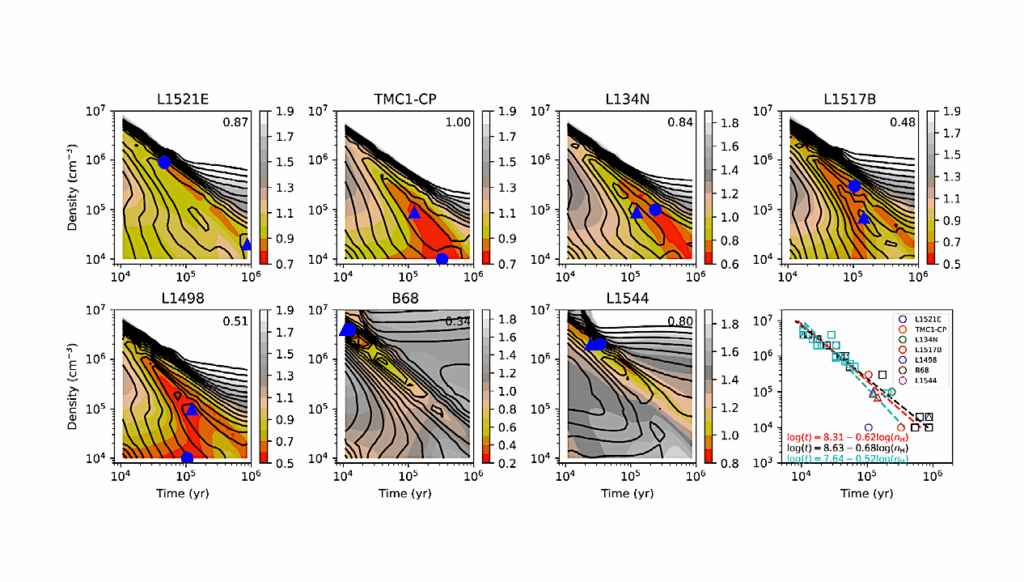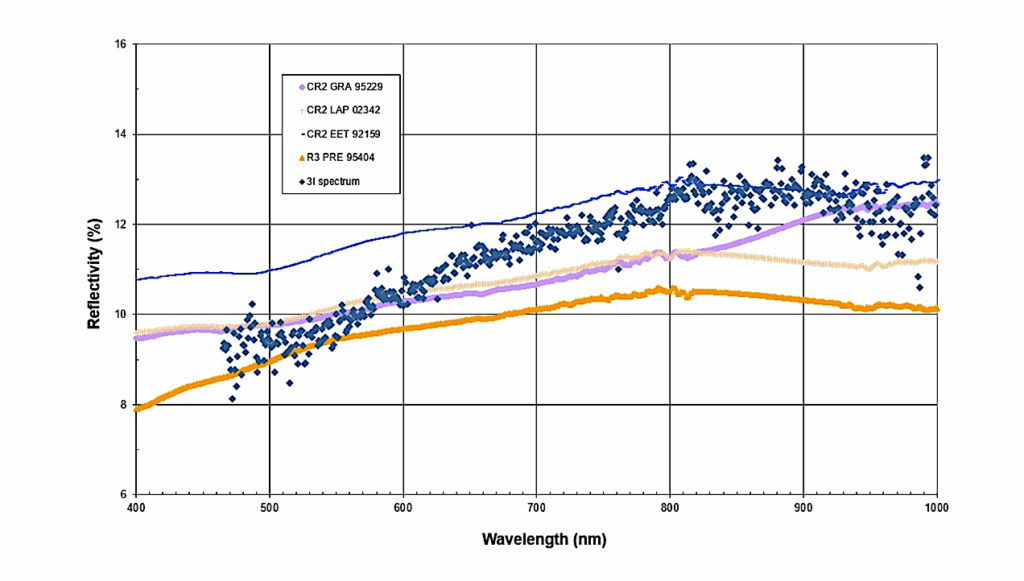Searching For Biosignature Gases With The James Webb Space Telescope

NASA-supported researchers have assessed the capabilities of the James Webb Space Telescope (JWST) to search for gases in planetary atmospheres that could be signs of life.
NASA-supported researchers have assessed the capabilities of the James Webb Space Telescope (JWST) to search for gases in planetary atmospheres that could be signs of life.
The team of researchers examined a comprehensive suite of biosignatures gases that are thought to have been present on Earth at different times throughout the planet’s history. They then modeled the influence of the TRAPPIST-1 star on these Earth-like environments for the planets TRAPPIST-1 d and e, and determined if JWST would be capable of detecting biosignature gases in these atmospheres.
By using this broad suite of gases in their analysis, the team was able to determine if JWST was more or less capable of finding signs of life in the atmospheres of TRAPPIST-1 d and e over a range of conditions; from Archean-Earth-like environments with a biosphere that produce sulfur or methane, to modern-Earth-like environments high in oxygen tied to photosynthesis.
The simulations suggest that oxygen generated biologically could be difficult to detect with JWST. However, with enough observation time, the space telescope might be able to identify a disequilibrium between methane and carbon dioxide, which could be a sign of life for both Archean-like and modern-Earth-like environments.
The research team concludes that for the TRAPPIST-1 e, the methane/carbon dioxide biosignature may persist and be detectable in atmospheres both with and without oxygen, making it a useful, long-lived biosignature target for JWST observations.
The Feasibility of Detecting Biosignatures in the TRAPPIST-1 Planetary System with JWST, The Planetary Science Journal (open access)
Astrobiology, Astrochemistry


